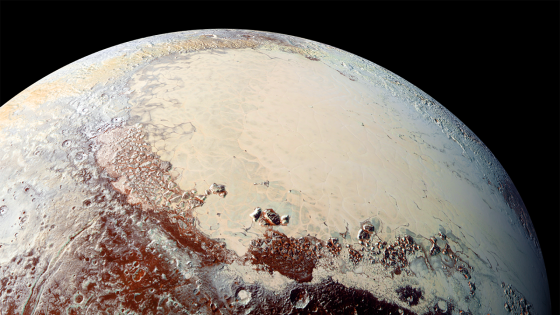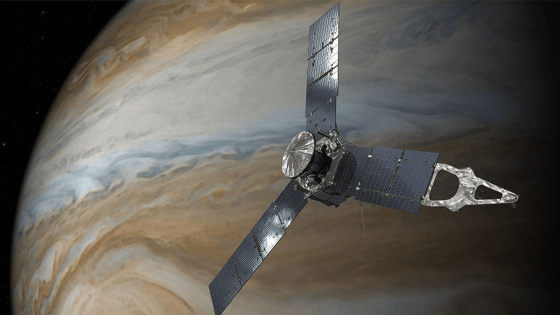NASA’s New Horizons mission unveiled the icy world of Pluto in 2015, revealing signs of geological activity and hinting at a subsurface ocean. As scientists continue to analyze data, questions about Pluto’s history and structure remain open, sparking interest for future explorations. At the recent conference on August 12, 2025, researchers discussed the potential for a follow-up mission named Persephone, aimed at uncovering these mysteries.
- New Horizons revealed Pluto's geological processes.
- Persephone mission aims to explore Pluto further.
- Subsurface ocean hypothesis gaining scientific interest.
- Persephone would carry 11 advanced instruments.
- Mission could last over 50 years.
- Estimated cost for Persephone is $3 billion.
The proposed Persephone mission could provide invaluable insights into whether Pluto harbors a subsurface ocean today. With advanced instruments designed to study the dwarf planet’s surface and atmosphere, this mission could reshape our understanding of icy worlds in the solar system.
What could a subsurface ocean mean for Pluto’s geological activity? The possibility of liquid water beneath the surface raises intriguing questions about the dwarf planet’s thermal history and potential for past life. Key points include:
- Persephone would orbit Pluto for over three years, allowing detailed studies.
- The mission aims to detect signs of ongoing geological activity.
- Understanding Pluto’s ocean could shed light on other icy bodies in the solar system.
As technology advances, the dream of returning to Pluto becomes more feasible. Persephone could pave the way for future missions, inspiring a new generation of scientists to explore the mysteries of our universe.

































